Leuci
Leuci (Greek Λευκοί): tribe in Gallia Belgica, inhabitants of the Roman cities Tullum, Nasium, and Andesina.
The land
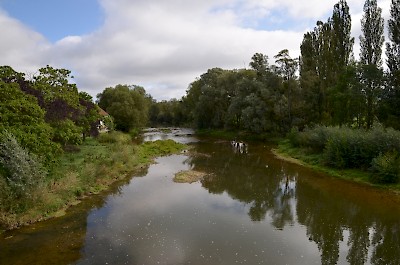
The land of the Leuci, whose name is derived from Celtic *leucos (“clear, shining, white”), was situated between the Vosges Mountains in the east and the Seine River (ancient Sequana) in the southwest. It is essentially identical to modern Lorraine. Four rivers originated in this area: the Marne (Matrona), the Meuse (Mosa), the Moselle (Mosella), and the Saône (Arar).
Following the Moselle to the north, one would reach the Mediomatrices and Treveri in Metz and Trier; to the south, the Sequani lived along the upper banks of the Saône; in the southwest, the Lingones lived beyond the Seine; following the Marne to the northwest, one would reach the Remi in Reims.
History
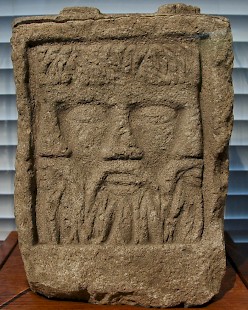
In his account of the Gallic War, Julius Caesar refers to the Leuci and several others as suppliers of corn in his campaign against Ariovistus.note He does not mention how the Romans subjected this area, but it is obvious that the small tribe immediately sided with the conquerors once they were in the neighborhood (in 58 or 57 BCE). The presence of Ariovistus' Germanic warriors may have been the direct cause. Lucan mentions the Leuci and the Remi as excelling in hurling javelins.note
Several years after Caesar's conquests, the reign of Augustus (27 BCE - 14 CE) reorganized the "three Gauls", creating three provinces. The Leuci appear to have belonged to Gallia Belgica. During these years, Augustus' right-hand man Agrippa built important roads, including one from Lyon to Trier and Cologne, which passed from Langres to Metz through the land of the Leuci. This created a new trade corridor and boosted the economy of Toul (Tullum), which replaced Boviolles as most important settlement of the Leuci.
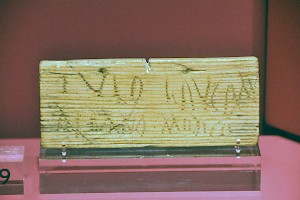
Other towns were Grand (Andesina) and Naix-aux-Forges (Nasium), which was newly created, just like Reims, Metz, and Bavay. Under Augustus' successor Tiberius, the Leuci appears to have received Latin rights.note Pliny the Elder mentions the Leuci as free, which means that they had - at least as an official fiction - retained some of their original independence.note What was essentially happening, was that a tribe became a municipality. In Latin, both are described with the word civitas.
Religion
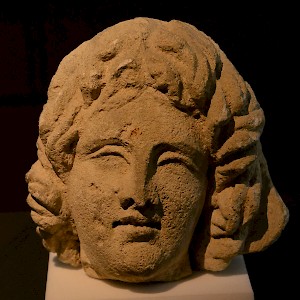
With so many rivers, it comes as no surprise that the Leuci were well-known for the worship of sources, which were believed to have healing properties. The healing god was called Grannus; the Romans identified him with their Apollo. His sanctuary in Grand was perhaps visited by the emperor Caracalla in the year 212.note It was certainly visited in 309 or 310 by Constantine the Great, who had his famous vision along the road to Grand.note
Late Antiquity
Although the transfer of the administration is not explicitly mentioned, it is likely that during the reign of Constantine, not Toul but Grand was the capital of the Leuci. The evidence consists of two milestones, found near Soulosse, which mention a distance to the capital that matches Grand and not Toul.note In the fifth century, however, Toul had become the capital again: it is mentioned in the text known as the Notitia provinciarum et civitatum Galliae ("Civitas Leucorum id est Tullo").note
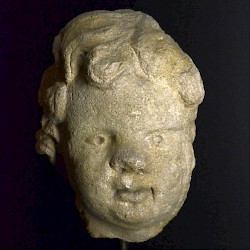 Andesina, Portrait of a child (so-called "Geta") |
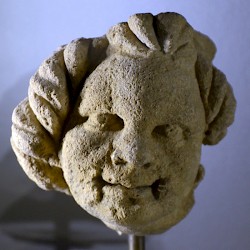 Andesina, Portrait of a young man |
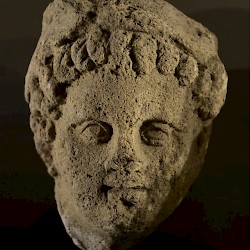 Andesina, Mercury |
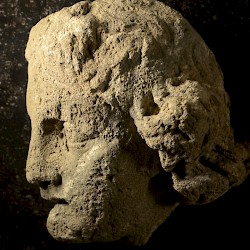 Andesina, Hygeia |